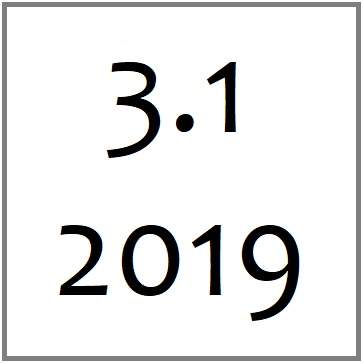Collaboration Statements
Barbara Schneider, Ph.D.
I responded to the call for this project with a vision of capturing digital images of the piles in my attic to accompany the story that was writing itself as I sorted out the detritus accumulated there. As I began working with those photos, however, it quickly became clear to me that I had neither the requisite skill set nor the artistic sensibility that would bring to life what I was imagining. I had a sense that there had to be a way to create images that conveyed what words could not, and that could more clearly realize the material aspect of curation.
I have known Ashley almost since I started work here 19 years ago, as I think we were hired the same year. We were both members of the Humanities Institute in our early years, a forum that brought together senior and junior scholars around our scholarly pursuits. Some of our shared commitments, particularly to feminist practice, came to light during those early years. Over the years, we have at times worked quite closely together, sparking social engagements around that work, and there have been other periods where our work and personal lives overlapped very little. Most recently, she began posting images on facebook (yes, we’re facebook friends), that I found compelling. As I struggled with how to bring this project together, I recalled her work, worked up the nerve, and asked her to collaborate on this project with me.
What perhaps was richest for me in the collaboration—aside from the deep pleasure of working with someone I so like---was that Ashley’s reinterpretation of my text urged me to reflect on the my own history in a way I had not previously done. Her presentation of the 1950s family took me aback at first as I was mothering young children in the 1980s and 1990, not the 1950s. But as I considered the image, I realized that what I brought to mothering was what my mother had given me. I was incredibly lucky to have had the mother I did, and I think my children were blessed in turn by the way her sense of humor about the entire enterprise shaped my perspective. My mother raised me in a different time and context than I raised my own children, but like a palimpsest, her work shows through mine in ways I had not recognized.
Ashley Pryor, Ph.D.
When Barbara first approached me to collaborate with her on a piece concerning curation, I was intrigued. Intuitively I knew that my work as a visual artist could be understood in terms of a curatorial process. I have begun doing a lot of work with digital collage of late. The genre appeals to my inner magpie. Like a magpie, I am always collecting bits and bobs of images that arrest my attention, to recombine and repurpose, and in so doing, create a new story. Imagine my delight when Barbara invited me up to her attic to play with her toys!
Our collaboration began in earnest when we met to discuss how we would together build a dialogue between image and text. In advance of our meeting, Barbara had sent me a few pictures of toys and other artifacts that sparked her idea to write about curation. I knew from our past exchanges that Barbara and I shared many similar experiences: the struggle to find a balance between the demands of being “a good mother” and a professional career woman, the process of ferreting out the subtle and not so subtle influences of our religious upbringings (she a Catholic, me as a Catholic-lite, Episcopalian) in shaping our sense of self, the project of reimagining oneself after a divorce, and finally, the act of reweaving a home once the children had left the nest. I was taken aback by how her photos triggered so many memories of childhood and the Zeitgeist we shared.
As we swapped stories about the meanings and associations the pictures evoked, we recognized that rather than merely retelling Barbara’s story through enhanced images, I would likewise be engaged in the act of curation. I would make very deliberate decisions about what aspects of her narrative I would be re-presenting and highlighting, but also, de-emphasizing, and omitting. The style that I chose to unify the pieces is a pseudo-collage. As the etymology, of the word reveals, collage work traditionally involves gluing (French: coller) disparate images together, often layering one image over another. As a digital artist, I first compose my images in layers using either Photoshop and now that I work almost exclusively on an Ipad, SuperimposeX. The digital layers effectively work as glue, enabling me to superimpose one element over another, masking off any parts of the original images that I do not want to be seen. Using this pseudo-collage technique, I was able to reference Barbara’s narrative directly, letting elements of her text show through, and integrating some of her photos alongside images that I associated with the Zeitgeist she describes. Instead of sticking with the traditional look of analog, cut collage, with its hard edges, I decided to blend and digitally paint the images to create a more seamless look between the elements. This blended style better reflects the nature of our collaborative process. Through the process of exchanging our stories and associations with the images, we created something altogether new.
